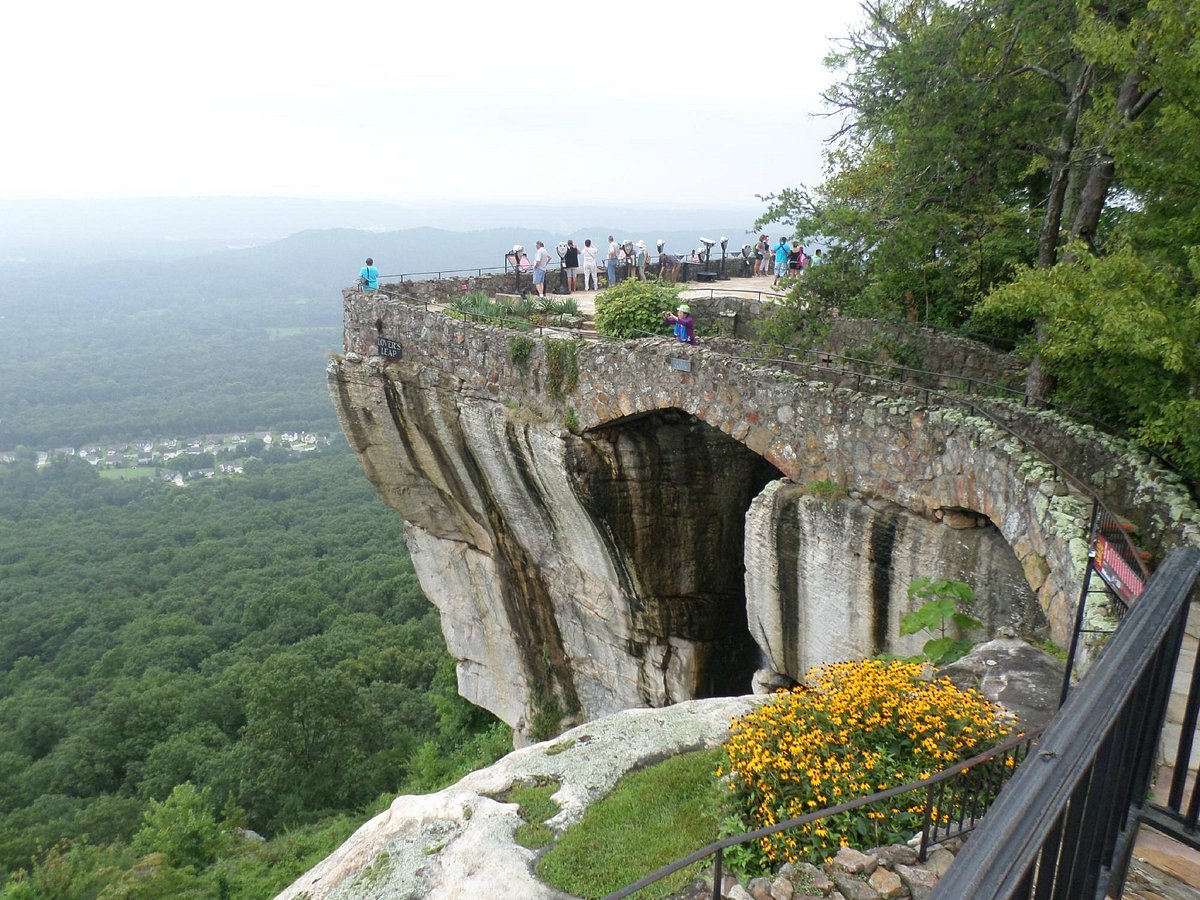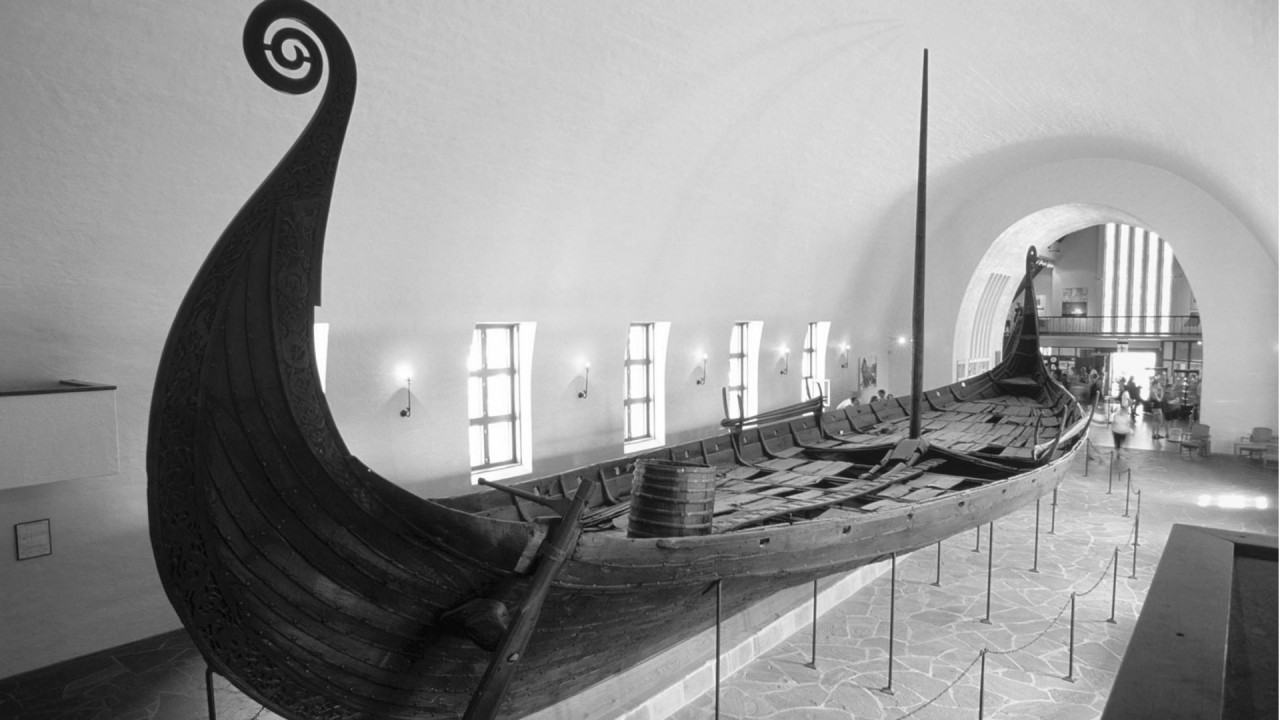Welcome to the heart of Tripoli, where history and symbolism intertwine. Martyr’s Square in Libya stands as a testament to the country’s resilience and the unwavering spirit of its people. Formerly known as Green Square, this iconic landmark has witnessed significant historical events and continues to be a gathering place for Libyans. In this article, we explore the fascinating legacy, architectural marvels, cultural significance, and activities found in and around Martyr’s Square in Libya.
As you step foot into Martyr’s Square, you are greeted by a grandeur that echoes the tumultuous past of Libya. The square’s design showcases a perfect fusion of modern and traditional architecture. The surrounding buildings stand tall, adorned with stunning artistic elements that pay tribute to the nation’s history.
==========
The Historical Significance of Martyr’s Square
A Symbol of Liberation
Martyr’s Square holds deep historical significance as a symbol of liberation and revolution. It gained international attention during the Libyan Civil War in 2011, when it became a gathering point for anti-government protests. The square witnessed the overthrow of Muammar Gaddafi’s regime, marking a turning point in Libya’s history.
The Birthplace of Independence
In addition to its association with recent events, Martyr’s Square holds a rich history that dates back to Libya’s struggle for independence. The square was originally named Independence Square and witnessed celebrations on December 24, 1951, when Libya officially gained independence from colonial rule. The square became a hub of national pride and unity.
==========
Architectural Marvels and Cultural Delights
The Red Castle: A Majestic Landmark
Located in close proximity to Martyr’s Square lies the majestic Red Castle, also known as Assaraya Alhamra. This historical fortress stands as a symbol of Tripoli’s rich heritage. Visitors can delve into the past, exploring the intricacies of Libyan history within the castle’s ancient walls. From its grand courtyards to the magnificent views of the city, the Red Castle offers a captivating experience.
Traditional Libyan Cuisine: Delights for the Palate
Indulge in a gastronomic adventure in the vicinity of Martyr’s Square, where traditional Libyan cuisine awaits. From aromatic couscous to delectable grilled meats and delicate pastries, Libyan cuisine is a fusion of Mediterranean flavors and North African spices. Local restaurants offer a vibrant and authentic dining experience, allowing visitors to savor the true essence of Libyan culture.
==========
A Mosaic of Activities and Events
Exploring the Cultural Souks
Immerse yourself in the vibrant atmosphere of Libyan culture by exploring the traditional souks near Martyr’s Square. These bustling markets offer a diverse range of handicrafts, textiles, spices, and souvenirs. Engage in friendly haggling with local vendors and discover unique treasures that encapsulate the essence of Libyan craftsmanship.
Musical Extravaganza at Martyr’s Square
Experience the lively spirit of Libya through the enchanting performances held in Martyr’s Square. Enjoy concerts, live music events, and traditional dances that showcase the country’s rich cultural heritage. The vibrant atmosphere of these gatherings is a testament to the resilience and unity of the Libyan people.
==========
An In-depth Table Breakdown of Martyr’s Square
Below is a detailed table breakdown of Martyr’s Square, highlighting its key features and historical significance.
| Feature | Description |
|---|---|
| Name | Martyr’s Square |
| Location | Tripoli, Libya |
| Former Name | Green Square |
| Historical Significance | Symbol of liberation, birthplace of independence |
| Architectural Marvel | The Red Castle |
| Cultural Delights | Traditional Libyan cuisine |
| Activities and Events | Exploring cultural souks, musical performances |
==========
Frequently Asked Questions about Martyr’s Square in Libya
Q: What is the significance of the name Martyr’s Square?
A: The name Martyr’s Square was chosen to honor those who lost their lives during the Libyan Civil War and to commemorate the sacrifices made for freedom and independence.
Q: Can visitors access the top of the Red Castle?
A: Yes, visitors can access the top of the Red Castle and enjoy panoramic views of Tripoli. However, certain areas may have restricted access due to preservation efforts.
Q: Are there guided tours available in Martyr’s Square?
A: Yes, guided tours are available in Martyr’s Square, providing visitors with valuable insights into the historical and cultural significance of the area. Local guides offer in-depth knowledge and engaging narratives.
Q: Are there any specific guidelines for visiting the cultural souks?
A: While visiting the cultural souks, it is advisable to dress modestly and respect local customs. Bargaining is a common practice, but it is important to negotiate respectfully and with a friendly demeanor.
Q: Are there any nearby accommodation options for travelers?
A: Yes, there are several accommodation options in close proximity to Martyr’s Square. From luxurious hotels to budget-friendly hostels, visitors can find a range of choices to suit their preferences and budgets.
Q: Is Martyr’s Square easily accessible?
A: Yes, Martyr’s Square is centrally located in Tripoli, making it easily accessible by various modes of transportation. It is well-connected to other areas of the city and can be reached by public transport or taxis.
Q: Can I witness any special events or celebrations in Martyr’s Square?
A: Martyr’s Square often hosts special events and celebrations, especially during significant national holidays. It is recommended to check local event listings or inquire at tourist information centers for specific dates and activities.
Q: What are the must-try traditional Libyan dishes near Martyr’s Square?
A: Some must-try traditional Libyan dishes include couscous, bazeen (a savory meat and vegetable stew), brik (a fried pastry filled with meat or seafood), and harissa (a spicy chili paste). Be sure to indulge in the unique flavors of the local cuisine.
Q: Can I take photographs in Martyr’s Square?
A: Yes, visitors are allowed to take photographs in Martyr’s Square. However, it is always courteous to seek permission from individuals before capturing their images, especially during cultural events or in sensitive areas.
Q: What is the best time to visit Martyr’s Square in Libya?
A: The best time to visit Martyr’s Square is during spring (March to May) or autumn (September to November) when the weather is pleasant. Summers can be hot, while winters might witness rain and occasional mild cold spells.
==========
A Resilient Legacy Beckons
As we bid farewell to the captivating world of Martyr’s Square in Libya, we invite you to embark on further explorations of this remarkable country. From its ancient ruins to majestic landscapes and warm hospitality, Libya offers a treasure trove of experiences waiting to be discovered. Unveil its mysteries, immerse yourself in its history, and embrace the resilience and spirit that define this extraordinary nation.






















